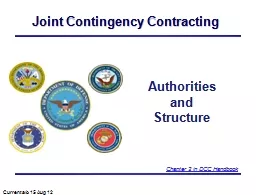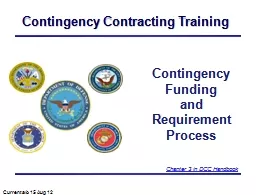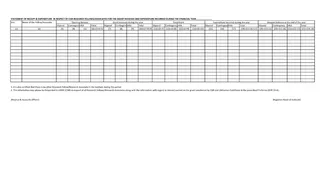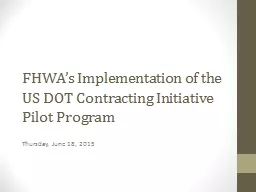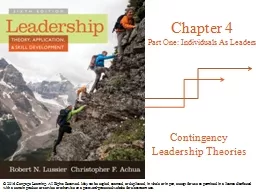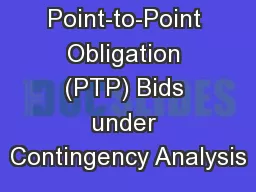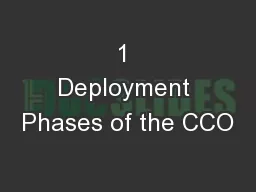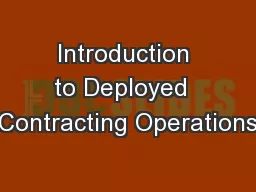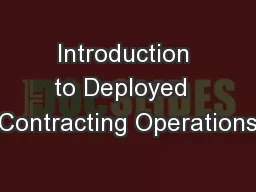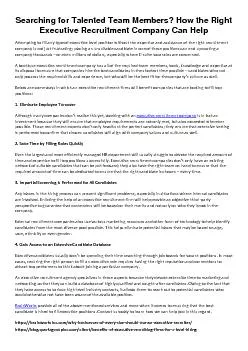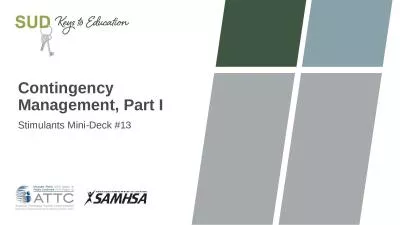PPT-Contingency Contracting Training
Author : marina-yarberry | Published Date : 2015-10-12
Cultural and Situational Awareness Current ao 15 Aug 12 Chapter 8 in DCC Handbook 2 Overview Key Points Cultural Awareness Situational Awareness Communication with
Presentation Embed Code
Download Presentation
Download Presentation The PPT/PDF document "Contingency Contracting Training" is the property of its rightful owner. Permission is granted to download and print the materials on this website for personal, non-commercial use only, and to display it on your personal computer provided you do not modify the materials and that you retain all copyright notices contained in the materials. By downloading content from our website, you accept the terms of this agreement.
Contingency Contracting Training: Transcript
Download Rules Of Document
"Contingency Contracting Training"The content belongs to its owner. You may download and print it for personal use, without modification, and keep all copyright notices. By downloading, you agree to these terms.
Related Documents


